What is the Secondaries Market and How Does It Work
The secondaries market is where investors trade existing assets with one another rather than buying newly issued ones. There are two types, public and private secondary markets.
In a public secondary market, like stock exchanges, investors trade shares and bonds after the initial public offering (IPO). Public secondaries revolve around listed securities and centralized trading. They support liquidity, facilitate continuous price discovery, and enable investors to quickly rebalance their portfolios.
The private equity secondaries market is a negotiated marketplace where a new investor participates in a sponsor-led restructuring of fund assets or assumes an existing limited partner’s commitment, often at a discount or premium relative to the reported net asset value.
Participants include:
- Sellers such as pension funds, endowments, insurers, and other institutions seeking liquidity or rebalancing.
- Buyers, including dedicated secondary funds, private equity firms, and other investors looking for exposure to established portfolios.
- Intermediaries such as investment banks and advisory firms that run processes, price assets, coordinate due diligence, and help navigate regulatory requirements.
Importance in the current economic climate
The recent macroeconomic backdrop has tightened liquidity in private markets and slowed exit activity, which in turn has pressured distributions and the Distributed to Paid-In Capital (DPI) ratio. Large numbers of unsold portfolio companies remain across the industry, and many institutions need tools to manage commitments, pacing, and balance sheet objectives. Against that backdrop, secondary deal flow surged, with a reported market volume of $103 billion in the first half of 2025. The need for flexible liquidity and portfolio optimization is a core driver of this growth cycle.
What gets bought and sold in private equity secondaries
In a typical private equity secondary transaction, a secondary buyer acquires an existing investor’s commitment to a private equity fund and becomes a replacement limited partner. That buyer steps into the rights and obligations of the position, including any unfunded commitments and future distributions tied to the fund’s underlying portfolio companies. Because the assets are further along in their life cycle than a brand-new fund, cash flows can arrive sooner, and performance data is more visible.
Major transaction types
Private equity secondaries commonly fall into two broad buckets:
LP-led transactions
An existing limited partner (LP) sells some or all of its fund interests to a new investor. Processes are often competitive, and pricing is typically expressed as a percentage of the fund’s latest NAV.
In an LP-led flow, sellers decide to bring their positions to market, appoint advisors, share relevant data for due diligence, negotiate prices and terms with buyers, and transfer interests after approvals, with the buyer assuming future obligations.
GP-led transactions
The general partner (GP) initiates a process to extend ownership or reshape exposure to specific assets. Common tools include continuation vehicles to move select holdings into a new fund, tender offers to give existing LPs a liquidity option, and preferred equity solutions to provide partial liquidity while keeping upside. GP-led deals require sponsor coordination and investor approvals before closing. Additional capital can also be raised to support the assets in the new structure.
How pricing and liquidity work in practice
In public secondary markets, prices are determined continuously by the interplay of supply and demand. Public exchanges serve as centralized venues that bring buyers and sellers together, generating daily liquidity and facilitating transparent price discovery.
In private equity secondaries, price discovery is negotiated and anchored to the most recent net asset value (NAV) of the fund interests or assets, adjusted for interim cash flows and market conditions. Discounts or premiums reflect demand, the quality and age of the portfolio, unfunded obligations and expected time to liquidity.
Secondaries market in different countries
The secondary market is global. Public secondaries span major exchanges in many countries, while private secondaries involve cross-border portfolios, buyers, and sellers. Intermediaries facilitating these deals operate internationally and help coordinate processes that include buyers, sellers, and sponsors in multiple jurisdictions.
Regulatory considerations
Most private equity secondary transfers require adherence to fund documents and applicable regulations. Common steps include obtaining GP consent, coordinating with the limited partner advisory committee on GP-led processes, and working with advisors who implement compliance checks throughout the sale. These governance steps aim to protect existing investors and ensure the restructuring or transfer meets the fund’s stated terms. For GP-led deals in particular, formal investor approval processes and structured options for LPs are standard parts of the workflow.
Secondaries market in Web3
The blockchain industry has a secondary market and shares similarities with the traditional secondary market. Both conventional and crypto secondary markets serve the same core purpose: they let investors trade already-issued assets; the only difference is that digital assets are exchanged rather than equity or bonds.
Public crypto secondary market
For most digital assets, the overwhelming share of activity you see day-to-day is public secondary trading (coins changing hands after the initial coin offering), whether on a centralized exchange order book or on-chain. Price discovery and liquidity happen in those public venues, such as:
Spot crypto trading on exchanges (CEX & DEX)
Centralized exchanges publicly match buyers and sellers of cryptoassets much like traditional stock exchanges do. CEXs create continuous, open secondary markets for coins and tokens. Decentralized exchanges (DEX), on the other hand, enable anyone to trade crypto 24/7 through smart contracts.
Regulated crypto derivatives on public venues
Bitcoin and Ether futures and options trade on the Chicago Mercantile Exchange (CME), a U.S. regulated marketplace with transparent quotes and clearing (i.e., a public secondary market for crypto-linked derivatives).
Exchange-traded funds/products that hold crypto
In the U.S., the SEC approved the listing and trading of spot Bitcoin ETFs in January 2024, and spot Ether ETFs in July 2024; their shares trade on national exchanges (NYSE, Nasdaq, Cboe) like any other ETF. Other jurisdictions list similar products — Canada launched the first spot Bitcoin ETF in 2021, and Hong Kong listed spot Bitcoin and Ether ETFs in April 2024 — all of which trade publicly in secondary markets.
Private crypto secondary market
The blockchain industry also has a private crypto secondary market, and it shows up in a few distinct ways that sit outside public exchanges:
Private shares of crypto companies
Shares of late-stage private companies in crypto (for example, exchanges or infrastructure providers) trade on private marketplaces such as Acquire.Fi. Our platform matches existing shareholders seeking liquidity with accredited investors seeking exposure prior to an IPO. Minimums and fees apply, and participants generally need to be accredited.
OTC “secondary” trading of token rights and locked tokens
Before tokens freely trade on exchanges, early investors often hold SAFTs (Simple Agreements for Future Tokens) or locked allocations. Acquire.Fi’s crypto OTC market enables parties to privately negotiate the transfer of these contracts or locked tokens, typically at a discount. However, OTC secondary transfers can raise securities-law questions, so these trades remain relationship-driven and often involve lawyers.
Secondaries in crypto-focused venture funds
Like the broader PE/VC world, investors can buy or sell LP interests in crypto venture funds in private, negotiated transactions. Industry coverage and fund-of-funds activity suggest that secondary purchases of existing crypto fund positions have become a key component of the toolkit for allocators seeking liquidity or vintage diversification.


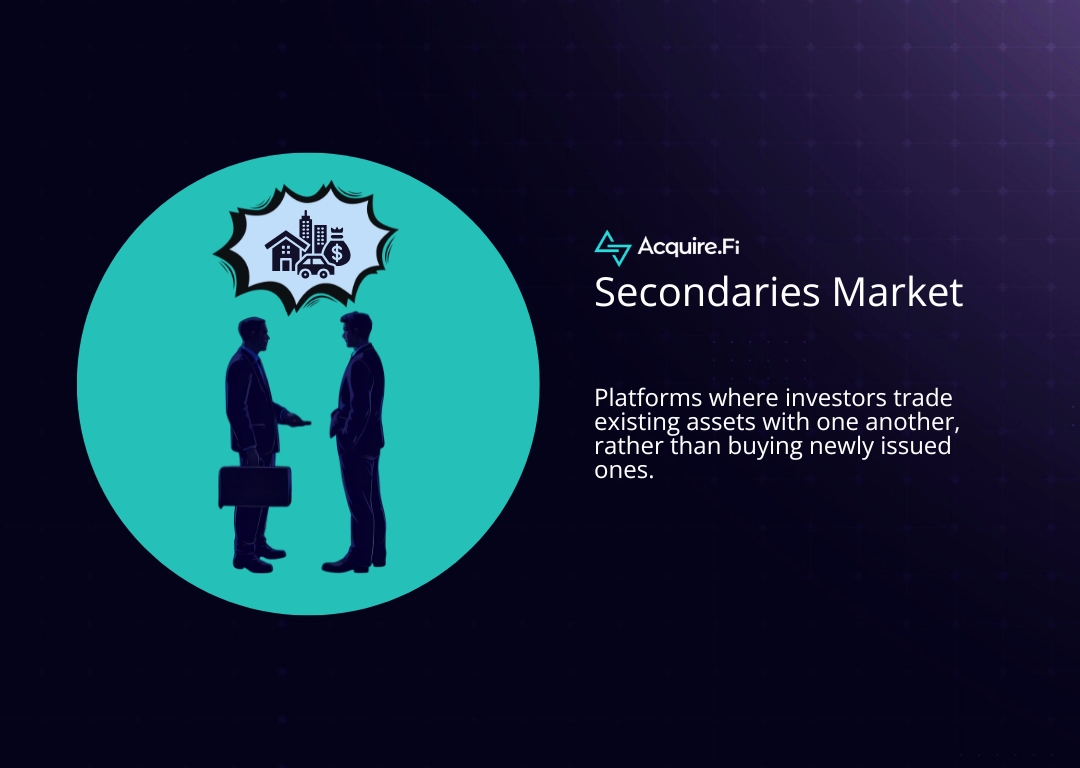
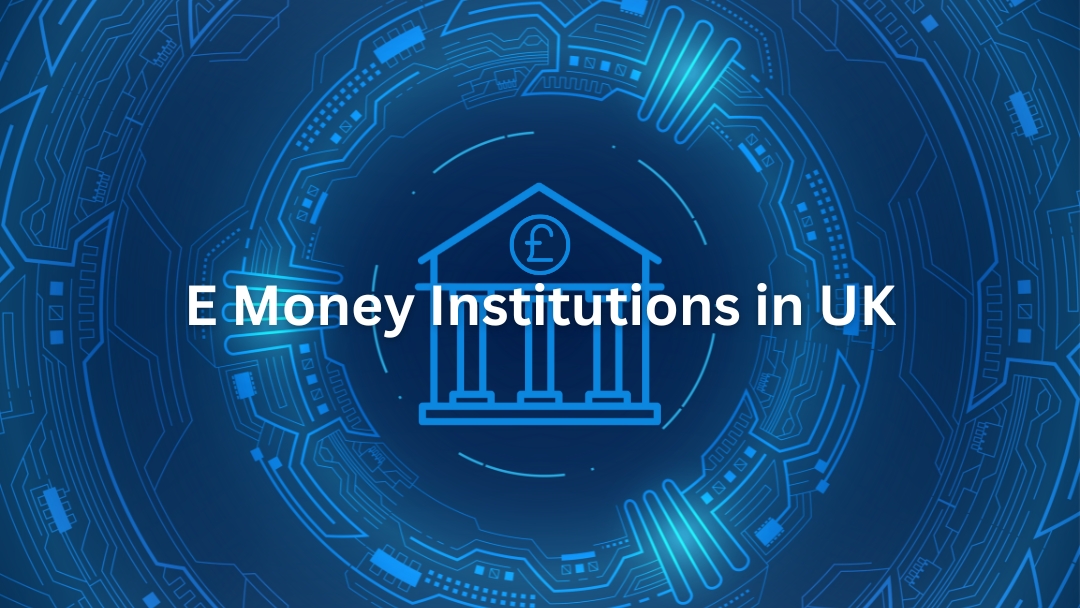

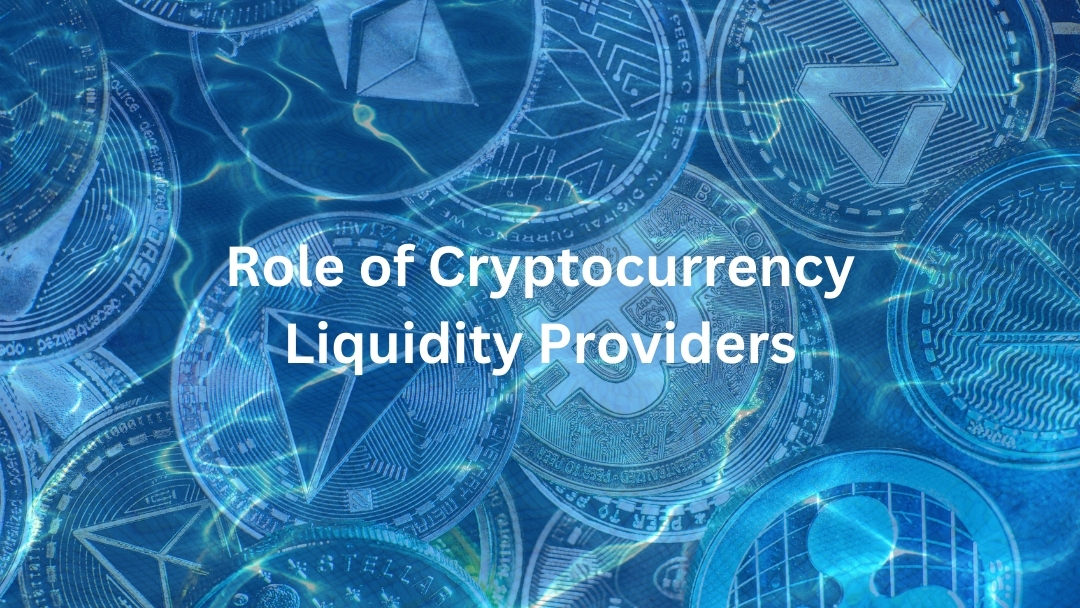
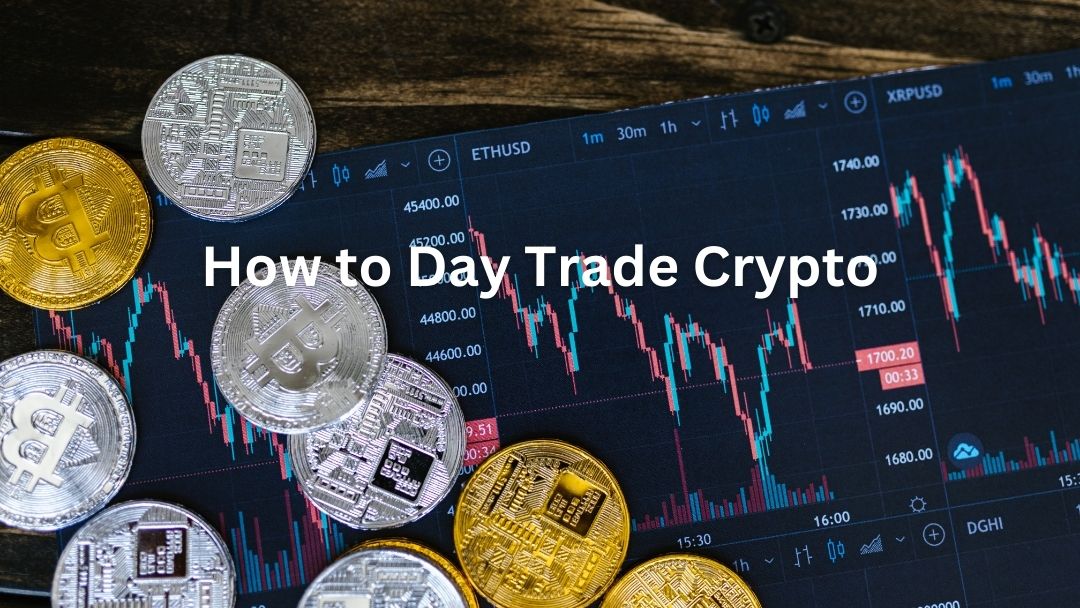

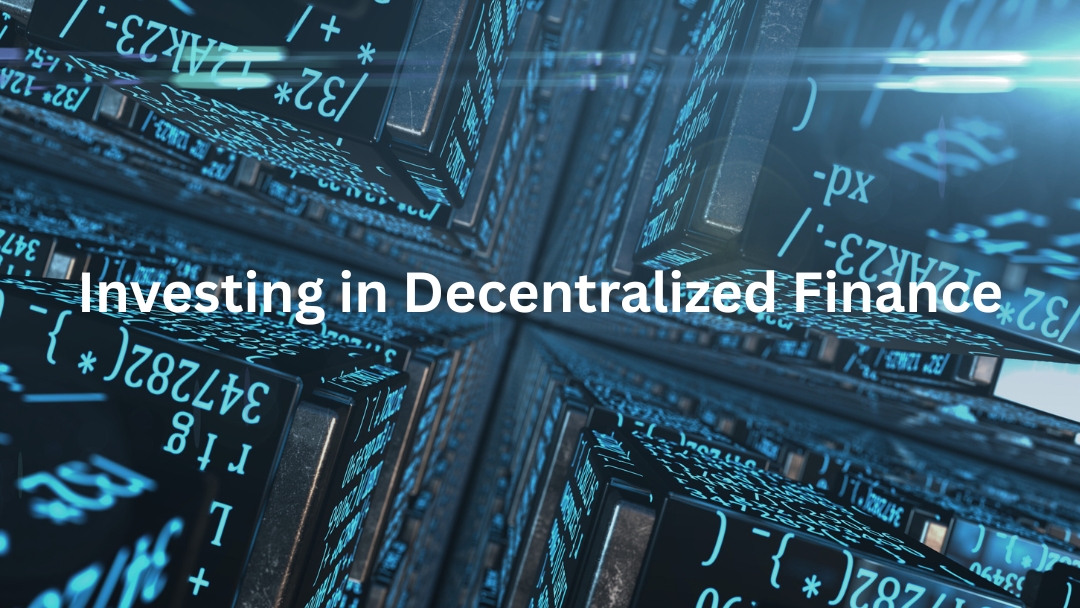





.webp)